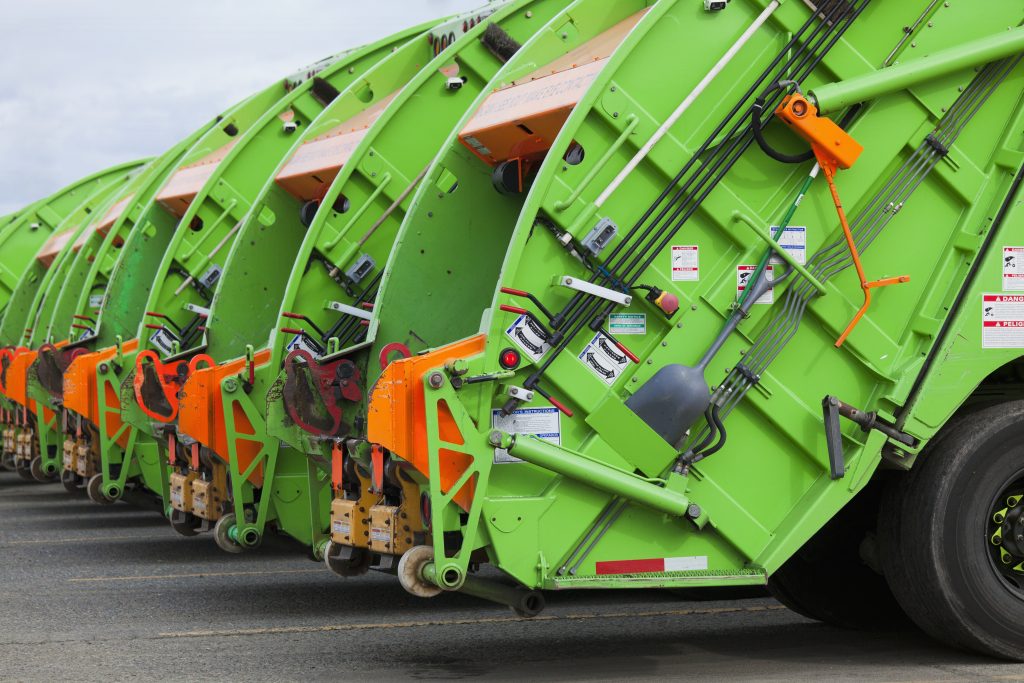Waste & material traceability solution for sustainable facilities

Every year the world emits overtones of CO2. It is the number one contributor to the Greenhouse Effect (Green Plan). The Greenhouse Effect is the Earth’s natural process of trapping gasses in the atmosphere in order to warm the Earth. The point to be noted in this matter is that the natural process is not harmful, but due to humans’ excess emission of greenhouse gasses, it has become dangerous. The Earth is trapping too much gas in the atmosphere, which gradually warms the Earth. CO2 emission is a current and urgent issue that humans have to face and act against.
With the beginning of the industrial revolution and today exceeded industries, businesses play a significant role. According to a global warming study by Michael Anderson, 82% of human-induced CO2 emissions come from the burning of fossil fuels, and 18% come from deforestation. Smart waste management plays a significant role in the reduction of emissions.
The traditional waste management processes consist of inefficient and manually prepared static routes, making waste collection processes costly, complicated, and damaging to the environment. The reasoning behind this inefficient process is that traditional methods only take account of the collection points’ location and not about the bins’ fullness ratio. When waste collection trucks come near the containers, they find that some containers are overflowing and some are empty. This results in a sizable amount of waste in time, labor, and, most importantly, fuel. Because there was a lack of fulfillment proving and manual static route planning, the trucks drive more miles and use unnecessary energy. The excessive use of fuels results in a heavy impact on greenhouse gas emissions.

Garbage collection is not yet done without a garbage truck or garbage can. However, there are ways to make these core objects and tools of waste management smarter. The key to achieving this comes from choosing smart waste management. Smart waste management has great benefits for the environment and businesses in terms of productivity. It consists of fully compact solutions such as Asset Management and Fleet Management.
Asset Management provides real-time tracking of assets that can be kept with the most accurate and up-to-date information. asset management devices monitor the fill-level, temperature, and location of any container in real-time. Regardless of the industry, making data-driven decisions is the path to productive results, and therefore asset management ensures that past activities performed on assets are controlled and visible at any time. It suggests the most efficient resource allocation in the field and allows relocating the assets accordingly.

Fleet management not only gains comprehensive control over the entire life cycle of vehicles, but also reduces the associated risk, increases efficiency, increases productivity and ensures compliance with legislation. Most importantly, it provides Fuel Management to minimize or ideally avoid unnecessary use. Dynamic routing tools automate the garbage collection process based on precise data, including traffic information. Periodic reporting allows you to monitor vehicle maintenance and fuel levels, analyze operational performance, use resources better and optimize your costs. It determines the most efficient route according to the containers’ fullness rate and takes into account traffic and other containers.
This is feasible through the usage of hardware and software. With a high-tech sensor build into a container, the compact use of smart bins and smart routes is the logical plan towards the green plan. Thanks to technology, smart planning turns out to have green plan impacts.